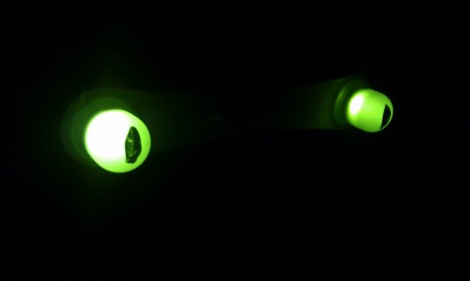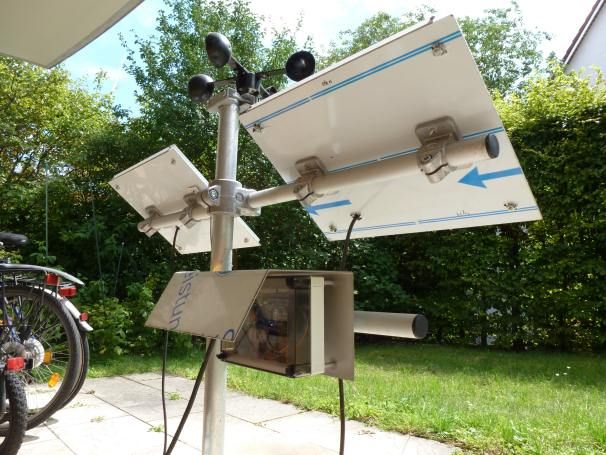
Imagine that you have been asked to construct a portable shipping container workshop that will be sent to the other side of the globe, where the power grid is sketchy and the resources tight. If you had $20,000 to outfit this 20’ container, what components and tools would you include?
This was the question recently posed to us by [Luke Iseman], CTO at re:char. He and his partners are in the midst of putting together a mobile makerspace that will eventually be shipped over to Western Kenya in order to help the locals fertilize their land using biochar. The primary function of this workshop will be to build biochar chambers, so plenty of durable tools and machines are a must. They already have a pretty solid list of items put together, but they wanted input the from makers and hackers out there, who may have worked under similar conditions.
Have any suggestions? Share them in the forum, we’re sure [Luke] and co. will appreciate it!


















